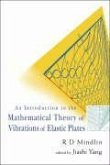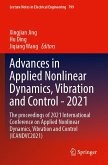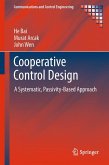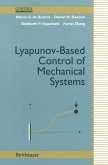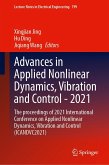Vibration is a natural phenomenon that occurs in a variety of engineering systems. In many circumstances, vibration greatly affects the nature of engineering design as it often dictates limiting factors in the performance of the system. The conventional treatment is to redesign the system or to use passive damping. The former could be a costly exercise, while the latter is only effective at higher frequencies. Active control techniques have emerged as viable technologies to fill this low-frequency gap. This book is concerned with the study of feedback controllers for vibration control of flexible structures, with a view to minimizing vibration over the entire body of the structure.The book introduces a variety of flexible structures such as beams, strings, and plates with specific boundary conditions, and explains in detail how a spatially distributed model of such systems can be obtained. It addresses the problems of model reduction and model correction for spatially distributed systems of high orders, and goes on to extend robust control techniques such as H-infinity and H2 control design methodologies to spatially distributed systems arising in active vibration control problems. It also addresses other important topics, such as actuator and sensor placement for flexible systems, and system identification for flexible structures with irregular boundary conditions. The text contains numerous examples, and experimental results obtained from laboratory-level apparatus, with details of how similar test beds may be built.
Hinweis: Dieser Artikel kann nur an eine deutsche Lieferadresse ausgeliefert werden.
Hinweis: Dieser Artikel kann nur an eine deutsche Lieferadresse ausgeliefert werden.


